
Ever tried making fudge and ended up with a gooey mess instead of smooth squares? If it was a rainy day, the weather might be to blame. No kidding. Humidity is that silent troublemaker in your kitchen whenever you're whipping up candy delights. But why exactly does a little rain outside turn into a kitchen disaster inside?
Humidity messes with the sugar in your recipe. See, making fudge is kind of like a science experiment, with sugar molecules coming together to form that perfect, creamy consistency. When it's too humid, there's added moisture in the air that can stick to those sugar molecules, making everything grainy or refusing to set properly. It's like trying to draw a masterpiece on a soggy piece of paper.
- The Role of Humidity in Fudge Making
- How High Humidity Affects Fudge
- Weather-Proof Fudge-Making Tips
- Alternative Methods When It's Humid
The Role of Humidity in Fudge Making
Okay, so here's the scoop: making fudge depends a lot on the weather. Humidity, or the amount of moisture in the air, actually plays a sneaky role in how your candy turns out. When you're cooking up that sugary goodness, you're not just dealing with ingredients in a bowl—you're also having a little chemistry session.
Here's why it matters: sugar, which obviously is a key player in fudge recipes, is super sensitive to moisture. On dry days, sugar crystals stay in check, giving you that creamy and smooth texture everyone loves. But when it's humid, sugar absorbs extra water from the air. This can lead to a mess where your fudge ends up either grainy or refuses to set properly.
If you want numbers, check this out: ideal relative humidity levels for making candy are below 35%. On days when the air is thick with moisture, like 60% or even higher, your kitchen trials might not go as planned. It's not just a minor inconvenience—it's a legit challenge for getting the perfect consistency.
To add to the mix, water boils at a slightly higher temperature on humid days. This means your cooking times might vary a bit, throwing off the timing and leaving you with less than perfect results. What's the workaround? A trusty candy thermometer. Keeping an eye on the temperature is key to dealing with these quirks.
How High Humidity Affects Fudge
Making fudge when it's rainy outside isn't just about following a recipe; it's a chemistry experiment where the weather plays a sneaky part. High humidity changes the way sugar behaves in your fudge mixture by adding extra moisture that you didn't invite. This moisture messes up the sugar's ability to crystallize properly, which is a big no-no in the candy world.
Alright, so what exactly happens? Well, when there's too much water in the air, it can prevent the sugar from setting up right, leading to fudge that's either grainy or refuses to firm up. This is because moisture makes it tougher for sugar to form those nice, consistent crystals that give fudge its ultra-smooth texture. Ever noticed rock-hard bits in your fudge and thought it was your fault? Nope, blame it on the weather.
Even professional candy makers get tripped up by humidity, so it's not just a home cook issue. The thing is, to achieve that perfect fudge consistency, you need to reach a specific temperature during the cooking process. Moisture in the air can lower the sugar's temperature, tricking it into thinking it's reached the right point when it hasn't.
- Gooey or Sticky Fudge: Extra moisture remains in the fudge, making it undesirably soft.
- Grainy Texture: Improper crystal formation results in a rough, less appealing texture.
- Fudge Not Setting: The right temperature isn't achieved due to humidity, leading to unset fudge.
In short, weather effects like humidity don't just mess up your hair; they can also mess up your candy-making adventures. Next time it's humid, consider waiting for a clearer day or adjusting your approach to counter the extra moisture.
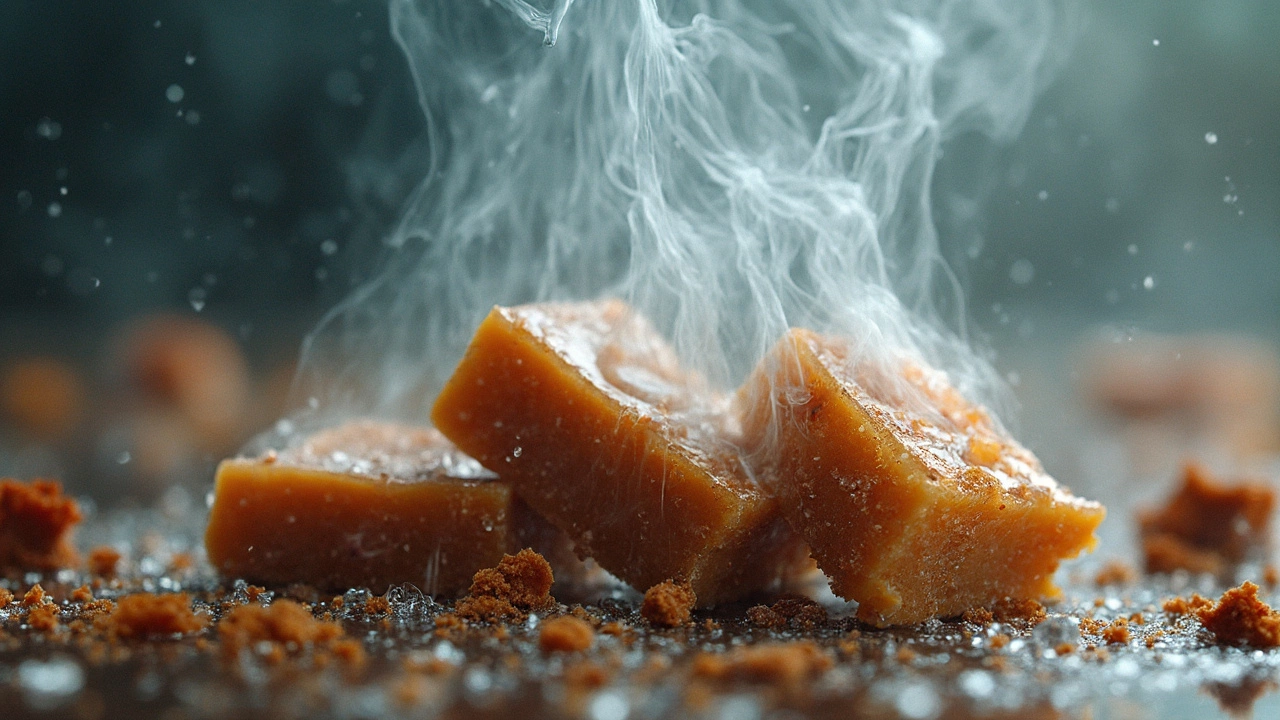
Weather-Proof Fudge-Making Tips
Alright, so the sky's gloomy, and the rain's dancing on your windows, but you've got a yearning for some homemade fudge. Don't let a little moisture ruin your day. Here are some practical tips to beat the weather challenge.
First off, using a dehumidifier can be your best friend. These handy machines suck excess moisture out of your kitchen air, doing wonders for keeping your fudge in shape. Might sound fancy, but if love candy-making, it's worth considering.
If a dehumidifier isn't an option, try cranking up the air conditioning. Cool, dry air is a fudge-making paradise, as it keeps that pesky humidity at bay. Remember, your goal is to maintain a dry environment while you whisk up that sugary goodness.
Another neat trick is adjusting cooking times. On humid days, you might need to let your fudge cook a bit longer to reach the ideal temperature and consistency. Investing in a reliable candy thermometer is smart. Aim for about 234-240°F—those sugar crystals won't stand a chance.
Using heavy pans or copper pots is another hack. Thick-bottomed cookware distributes heat more evenly, preventing those annoying hot spots that can mess up your fudge consistency.
Try adding extra time to the cooling and setting process. Patience, my friend! Letting your fudge sit a bit longer can help it set properly, even when the air is slightly sticky.
- Fudge recipes
- fudge making tips
- high humidity environment
- candy making
If all else fails, pivot. Nope, don't give up on fudge. Some fudge varieties are more forgiving, like peanut butter fudge. They’re simpler and less affected by humidity compared to those based heavily on sugar.
Alternative Methods When It's Humid
Alright, so it's raining cats and dogs outside, but that shouldn't stop you from satisfying your sweet tooth. When the weather's not on your side, you can still get around it with some clever tweaks to your fudge recipes. First off, don't sweat it; there's always a way to make it work.
One solid tip is to cook your fudge just a tad longer than usual, since longer cooking helps evaporate excess moisture from the air. However, you have to keep an eye on it so you don't go too far and end up with a rock instead of candy.
Another strategy is using a dehumidifier or even just running your air conditioner. Reducing the moisture in your kitchen can make a big difference. Both these devices help suck out the moisture from the air, creating a friendly environment for your sugary delights.
- Use Corn Syrup: Add a little corn syrup to your recipe. It helps in achieving that smooth texture by keeping sugar crystals at bay.
- Choose Wisely with Recipes: Opt for recipes that are less sensitive to humidity. Marshmallow fudge is known to be a bit more forgiving, so it might be your go-to for rainy days.
- Fudge with a Twist: Consider trying a microwave fudge recipe. It requires less time and you have more control over the cooking environment.
Check out this simple comparison of common methods and their outcomes based on moisture levels:
| Method | Humidity Impact |
|---|---|
| Stovetop Fudge | High impact, sensitive to moisture |
| Microwave Fudge | Lower impact, more control |
| Marshmallow Fudge | Low impact, easier setting |
Just because the weather outside is frightful, doesn't mean your candy-making experience has to be. With these tricks, you won't have to let a little rain ruin your candy making fun.


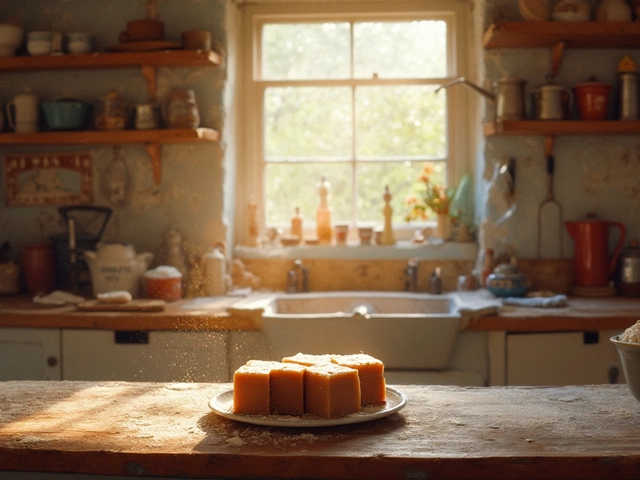

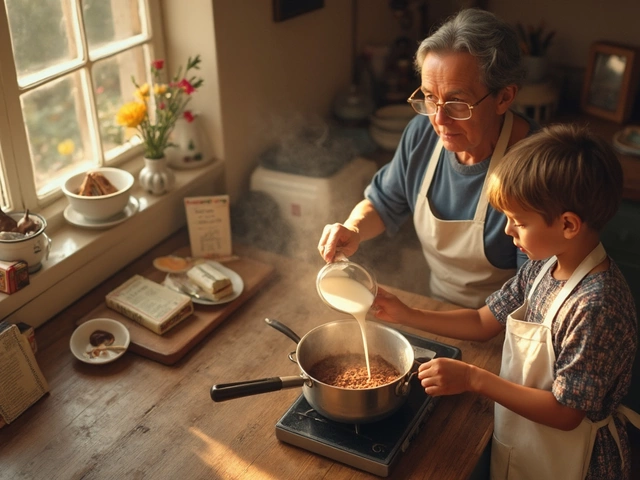
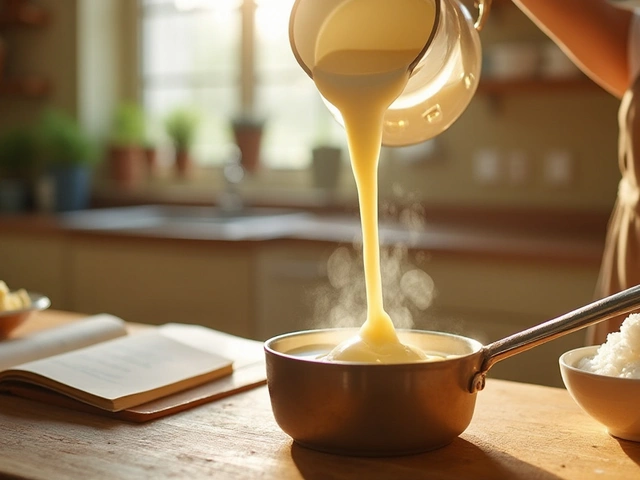


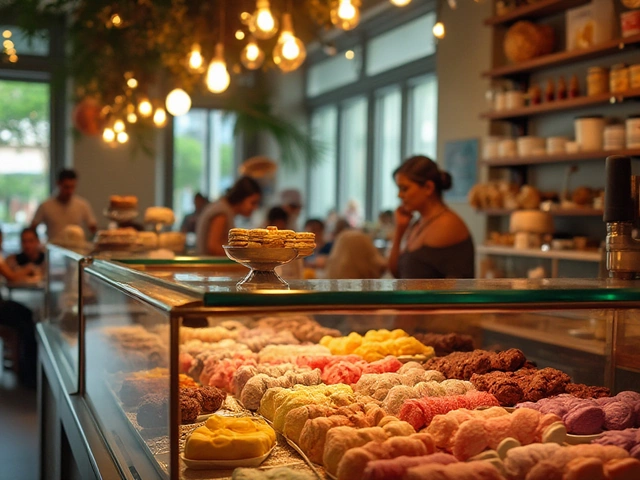


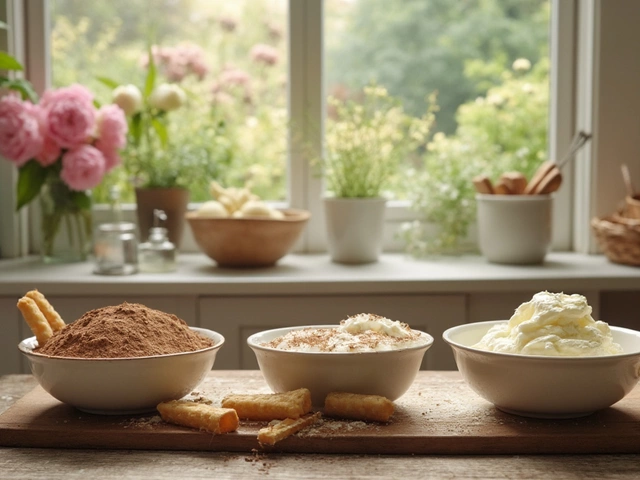
Write a comment